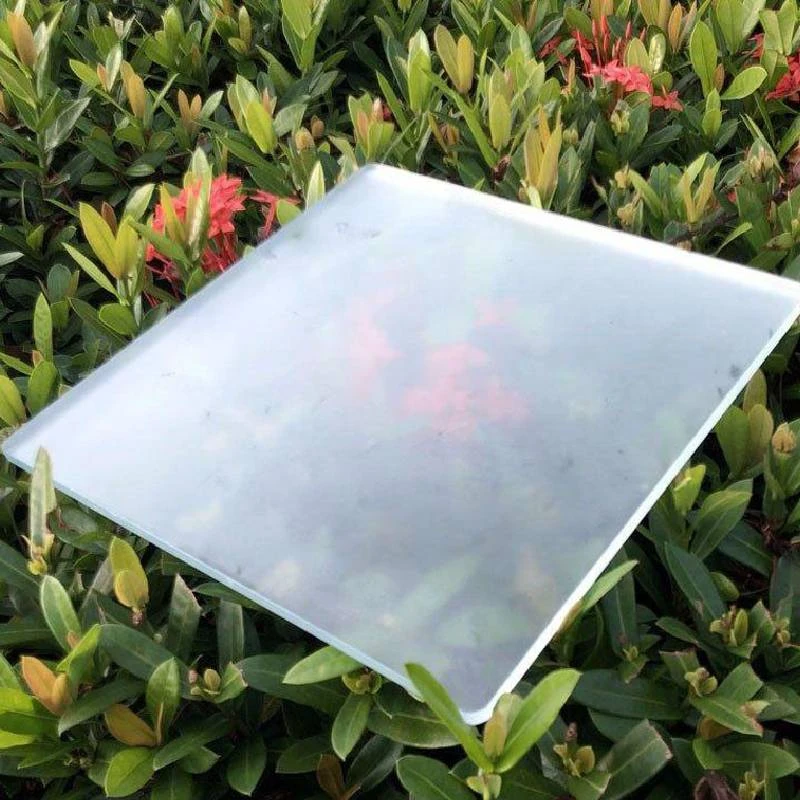The Impact and Applications of Reflectorized Glass
Reflectorized glass, a material that has gained significant attention in architectural and automotive design, is defined by its unique ability to reflect light while maintaining clarity. This innovative product has transformed the way we think about transparency, aesthetics, and functionality in modern structures. With its diverse applications and benefits, reflectorized glass is not only an engineering marvel but also a means to enhance our interaction with light and space.
What is Reflectorized Glass?
Reflectorized glass is treated or coated to increase its reflective properties, allowing it to bounce back a substantial amount of sunlight while permitting some visibility. This characteristic makes it different from typical glass, which tends to absorb or transmit light without much alteration. The reflective coating is often applied using vacuum deposition techniques, layering metals or other materials that enhance the glass's reflective capabilities without significantly reducing its transparency.
Benefits of Reflectorized Glass
One of the primary benefits of reflectorized glass is its energy efficiency. By reflecting sunlight, this type of glass helps to minimize heat gain within buildings, which can lead to reduced reliance on air conditioning systems. This attribute is particularly valuable in regions with high temperatures, contributing to a decrease in energy consumption and lowering utility bills. Moreover, by lessening the load on HVAC systems, reflectorized glass supports sustainability efforts and reduces the carbon footprint of structures.
Another significant advantage is the enhanced comfort it offers to occupants. With lower heat gain, spaces remain cooler and more pleasant, preventing the discomfort often associated with excessive sunlight and glare. This feature is especially critical in office environments, where productivity can be adversely affected by direct sunlight. Reflectorized glass helps to create a more controlled and comfortable environment, promoting better work conditions and improved overall well-being.
Aesthetic Appeal
reflectorized glass
Beyond functional benefits, reflectorized glass contributes to the aesthetic value of buildings. The reflective surface can create striking visual effects, allowing architects and designers to play with light in innovative ways. During the day, the glass can mirror its surroundings, making the structure blend harmoniously with nature. At night, the reflective qualities can create stunning visual effects when illuminated, enhancing a building's presence and appeal.
Reflectorized glass comes in various tints and coatings, giving architects a multitude of options to achieve the desired look and performance. The ability to choose different reflectivity levels also allows for tailored solutions based on the specific requirements of a project. This versatility makes reflectorized glass a favored choice in both modern and contemporary designs.
Applications in Architecture and Automotive Industries
Reflectorized glass has found extensive applications in the architectural sector. Skyscrapers and commercial buildings often utilize this material to create a sleek, modern look while ensuring energy efficiency. It is also commonly used in residential projects, where homeowners seek to balance aesthetics with functionality. The glass is frequently used in windows, facades, and skylights, enhancing the overall utility of a space while minimizing energy costs.
In the automotive industry, reflectorized glass is used in various applications, including windshields and windows. The reflective properties help keep vehicles cooler and can improve driver visibility by reducing glare from the sun. As car manufacturers focus on integrating more sustainable practices and materials, the use of reflectorized glass is likely to increase, contributing to the overall energy efficiency of vehicles.
Conclusion
Reflectorized glass represents a significant advancement in materials science, combining aesthetics with functionality and energy efficiency. Its diverse applications in both architecture and the automotive industry showcase its versatility and impact. As the demand for sustainable and efficient building materials continues to grow, reflectorized glass is poised to play a crucial role in shaping the future of design and functionality in our built environment. Whether in towering skyscrapers or modern vehicles, reflectorized glass is a testament to how innovation can enhance our interaction with the world around us.
 Afrikaans
Afrikaans  Albanian
Albanian  Amharic
Amharic  Arabic
Arabic  Armenian
Armenian  Azerbaijani
Azerbaijani  Basque
Basque  Belarusian
Belarusian  Bengali
Bengali  Bosnian
Bosnian  Bulgarian
Bulgarian  Catalan
Catalan  Cebuano
Cebuano  Corsican
Corsican  Croatian
Croatian  Czech
Czech  Danish
Danish  Dutch
Dutch  English
English  Esperanto
Esperanto  Estonian
Estonian  Finnish
Finnish  French
French  Frisian
Frisian  Galician
Galician  Georgian
Georgian  German
German  Greek
Greek  Gujarati
Gujarati  Haitian Creole
Haitian Creole  hausa
hausa  hawaiian
hawaiian  Hebrew
Hebrew  Hindi
Hindi  Miao
Miao  Hungarian
Hungarian  Icelandic
Icelandic  igbo
igbo  Indonesian
Indonesian  irish
irish  Italian
Italian  Japanese
Japanese  Javanese
Javanese  Kannada
Kannada  kazakh
kazakh  Khmer
Khmer  Rwandese
Rwandese  Korean
Korean  Kurdish
Kurdish  Kyrgyz
Kyrgyz  Lao
Lao  Latin
Latin  Latvian
Latvian  Lithuanian
Lithuanian  Luxembourgish
Luxembourgish  Macedonian
Macedonian  Malgashi
Malgashi  Malay
Malay  Malayalam
Malayalam  Maltese
Maltese  Maori
Maori  Marathi
Marathi  Mongolian
Mongolian  Myanmar
Myanmar  Nepali
Nepali  Norwegian
Norwegian  Norwegian
Norwegian  Occitan
Occitan  Pashto
Pashto  Persian
Persian  Polish
Polish  Portuguese
Portuguese  Punjabi
Punjabi  Romanian
Romanian  Russian
Russian  Samoan
Samoan  Scottish Gaelic
Scottish Gaelic  Serbian
Serbian  Sesotho
Sesotho  Shona
Shona  Sindhi
Sindhi  Sinhala
Sinhala  Slovak
Slovak  Slovenian
Slovenian  Somali
Somali  Spanish
Spanish  Sundanese
Sundanese  Swahili
Swahili  Swedish
Swedish  Tagalog
Tagalog  Tajik
Tajik  Tamil
Tamil  Tatar
Tatar  Telugu
Telugu  Thai
Thai  Turkish
Turkish  Turkmen
Turkmen  Ukrainian
Ukrainian  Urdu
Urdu  Uighur
Uighur  Uzbek
Uzbek  Vietnamese
Vietnamese  Welsh
Welsh  Bantu
Bantu  Yiddish
Yiddish  Yoruba
Yoruba  Zulu
Zulu 

